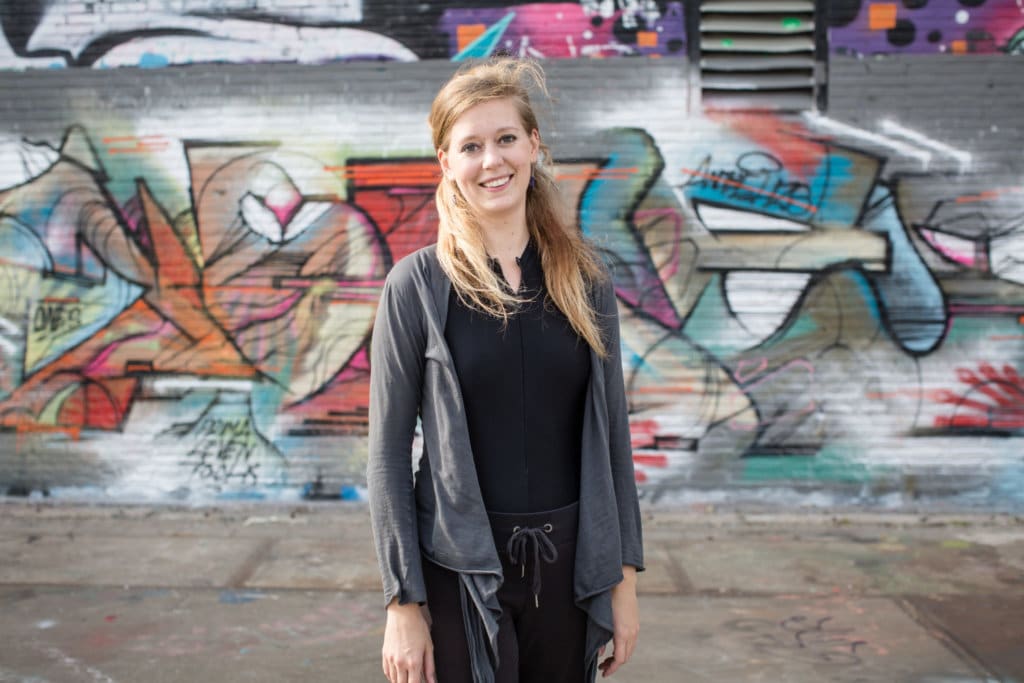Dancer Irene van Zeeland, who hails from the Netherlands, started learning Western classical ballet at the age of eight years, but soon started pairing it with contemporary dance. She was 15 when she entered a professional training program for contemporary dance in Rotterdam and after working for a few years, she moved to New York to study further with Merce Cunnigham Dance Company.
She eventually moved to Bengaluru as faculty for Attakalari School of Movement Arts in September 2016, where she teaches contemporary dance, ballet, occasional flamenco and zouk, art management and pedagogy. She talked about her moves to Little India.
Move to Bengaluru
I love to travel. I love to do that through my work as I really discover the culture and people — it is such a big difference from being a tourist.I have learnt a lot from teaching and creating in India. I have met amazing artistes and inspiring people who come from nothing. No support system, be it financially or morally, that the artistes here survive against has made me grow as an artiste and a person.
While I haven’t seen much of India, I like Bengaluru because of its arts scene. I appreciate the weather — when it’s not raining! As a vegetarian, it is lovely to see how many food options you have in the South.
Missing the Netherlands
What I missed about living in the Netherlands was planning things a little bit in advance and knowing how to organize your energy so you can do all of it and do it well.
A Day in Bengaluru
My day generally starts with some activity like running in Lalbagh or yoga in my room. I come to the (Attakalari) studio in the morning, and teach there the whole day.
I recently had the premier of a performance — Exercises on Music for Dance. I worked closely with a French composer, Angelo Foley, to create three works with the students of Attakkalari. We explored the relationship between music and dance and the different ways the two can exist in the same space. The exchange between myself, Angelo and the students led us to many surprising places that were a great joy for the whole team.
I chose to become a teacher at a very early age because I love the interaction with students — how they keep you alert to what you are doing with dance and what you are teaching them. They really keep you on your toes. I love teaching and creating for people who are eager to learn from you and are willing to challenge you and your ideas every day.
Contemporary Dance in India
Contemporary dance in India has been through an entirely different process — like the visual arts. There are a lot of interesting things happening, but since there is a lack of audience, funding opportunities are scarce.
I am curious to see India develop its own movement vocabulary and not look at the western contemporary dance techniques. It is a great starting point but I don’t deem it useful to follow the exact same trajectories. It is better to use the best things that have come out of that and use them to take it forward without losing touch with the local heritage.
The things that interest me the most are the hybrid forms where western contemporary dance is combined with Indian traditional dance and martial art forms like Bharatanatyam and Kalaripayattu. I feel that new generations are trying to find their own voices in contemporary dance. I look forward to see what Indian contemporary dance will look like in 5 or 10 years.
Being a Teacher and Artiste in India
I feel that the ecosystem in India is still quite immature. There is a lot of unpaid work. Being an artiste is just as much a job as anything else, so I don’t appreciate it when people think of it as a hobby or a passion. As a result, they expect to be able to consume art without paying for it.
Becoming and staying a professional dancer/choreographer takes a lot of hard work and consumes pretty much all of your time so you need to be paid for performances, rehearsals, etc.
The thing that I do really appreciate is the respect the profession of teaching has in India. I feel in Europe, sometimes, teachers are seen as people who didn’t quite make it in the dance world and started teaching to still be connected to dance as a profession.
Here the respect for teachers is so much higher that teaching is seen as a separate profession. This is much closer connected to my vision on teaching dance.
The interview has been condensed and edited.
Expat Voice is regular column on expats in India. Email us at expat@littleindia.com to nominate yourself or another expat for the column.
